13 Unexpected Food Destinations That Will Blow Your Mind
In a world where globalization has brought distant cultures closer than ever before, the culinary arts remain a profound expression of cultural identity and heritage. Embarking on a global culinary adventure is not merely about tasting exotic dishes; it's about immersing oneself in the stories, traditions, and innovations that shape the way we eat. This journey invites you to explore 13 unexpected food destinations, each promising to challenge your palate and expand your understanding of what food can be. From the bustling street markets of Southeast Asia to the hidden culinary gems of Eastern Europe, this adventure is a celebration of diversity and creativity in the culinary world. As we set the stage for this exploration, prepare to be captivated by the flavors, aromas, and textures that define these unique destinations, each offering a distinct narrative that contributes to the rich tapestry of global cuisine.
1. The Allure of Peru's Andean Cuisine
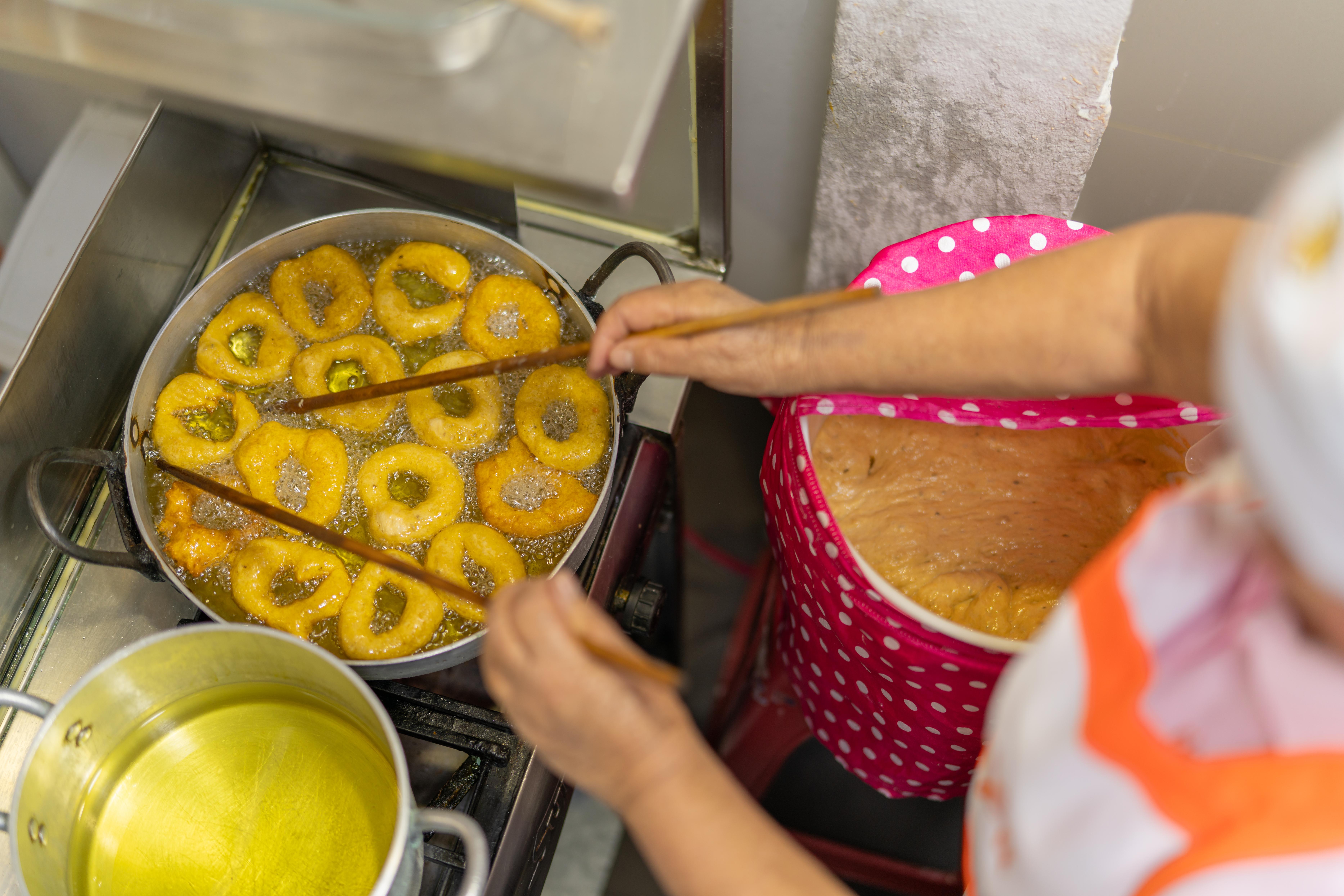
Peru, known for its breathtaking landscapes and ancient Incan heritage, is also a treasure trove of culinary delights. Andean cuisine, characterized by its use of native ingredients such as quinoa, potatoes, and corn, offers a unique gastronomic experience. The high-altitude environment of the Andes has shaped a cuisine that is both hearty and flavorful. Dishes like "cuy" (guinea pig) and "pachamanca" (a traditional Peruvian dish cooked underground) reflect the indigenous roots and communal spirit of the region. The fusion of ancient techniques with modern culinary artistry in cities like Lima has positioned Peru as a culinary powerhouse, inviting food enthusiasts to savor its rich and diverse offerings.
2. Exploring the Spice Markets of Zanzibar

Zanzibar, an island off the coast of Tanzania, is often referred to as the "Spice Island" due to its rich history of spice cultivation. The vibrant markets of Stone Town are a sensory delight, with the air filled with the intoxicating aromas of cloves, nutmeg, and cinnamon. The island's cuisine is a harmonious blend of African, Arab, Indian, and European influences, resulting in dishes that are both flavorful and aromatic. From the tangy "urojo" soup to the sweet "zanzibar pizza," the island's culinary offerings are as diverse as its cultural heritage. A visit to Zanzibar promises not only a feast for the taste buds but also an immersive experience in the island's storied past.
3. The Unexpected Delights of Georgian Cuisine

Nestled at the crossroads of Europe and Asia, Georgia boasts a culinary tradition that is as rich and varied as its history. Georgian cuisine is renowned for its use of fresh herbs, walnuts, and pomegranates, creating dishes that are both vibrant and flavorful. Staples like "khachapuri" (cheese-filled bread) and "khinkali" (dumplings) are beloved across the country, offering a taste of Georgia's warm hospitality. The tradition of the "supra," or Georgian feast, is a testament to the country's emphasis on communal dining and celebration. As you explore Georgia's culinary landscape, you'll discover a world of flavors that are both comforting and surprising.
4. Japan's Hidden Culinary Gems Beyond Sushi

While sushi is undoubtedly Japan's most famous culinary export, the country's gastronomic landscape is vast and varied. From the savory "okonomiyaki" pancakes of Osaka to the delicate "kaiseki" meals of Kyoto, Japan offers a wealth of culinary experiences that extend far beyond raw fish. Regional specialties like "Hokkaido's butter ramen" and "Okinawa's goya champuru" showcase the diversity of ingredients and techniques found throughout the archipelago. Japan's dedication to precision and presentation is evident in every dish, inviting diners to appreciate the artistry and philosophy that underpin Japanese cuisine. For those willing to venture off the beaten path, Japan promises a culinary adventure like no other.
5. The Rich Tapestry of Ethiopian Flavors
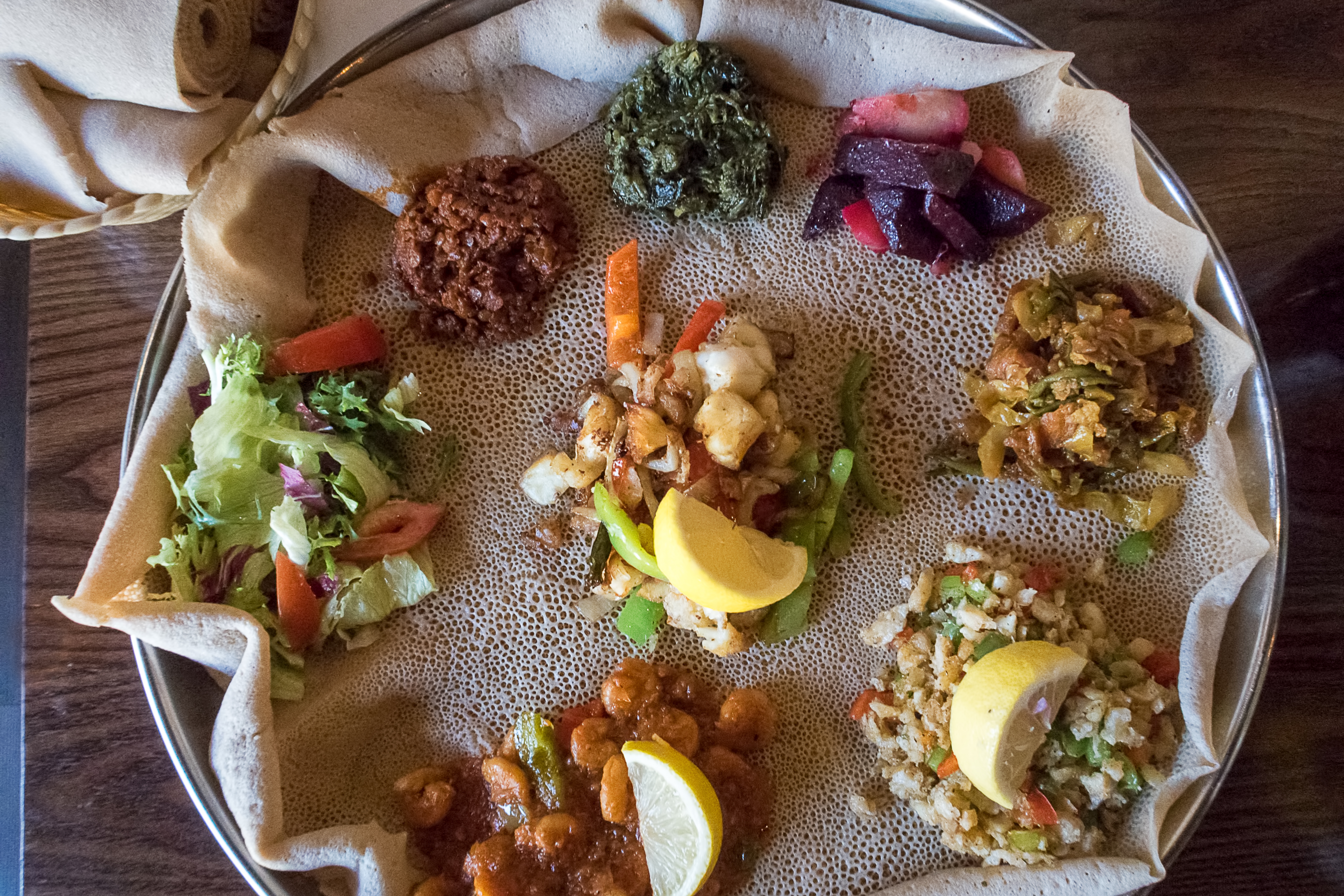
Ethiopia, with its ancient history and vibrant culture, offers a culinary experience that is both unique and deeply rooted in tradition. The country's cuisine is characterized by the use of "injera," a spongy flatbread made from teff flour, which serves as both a utensil and a staple food. Accompanied by a variety of stews known as "wats," Ethiopian meals are a communal affair, emphasizing shared experiences and connections. The bold flavors of berbere spice blend and the rich, aromatic coffee ceremonies add layers of depth to the culinary landscape. Exploring Ethiopian cuisine is a journey into a world of rich flavors and cultural significance, offering a taste of the country's dynamic heritage.
6. The Unexpected Flavors of Icelandic Cuisine
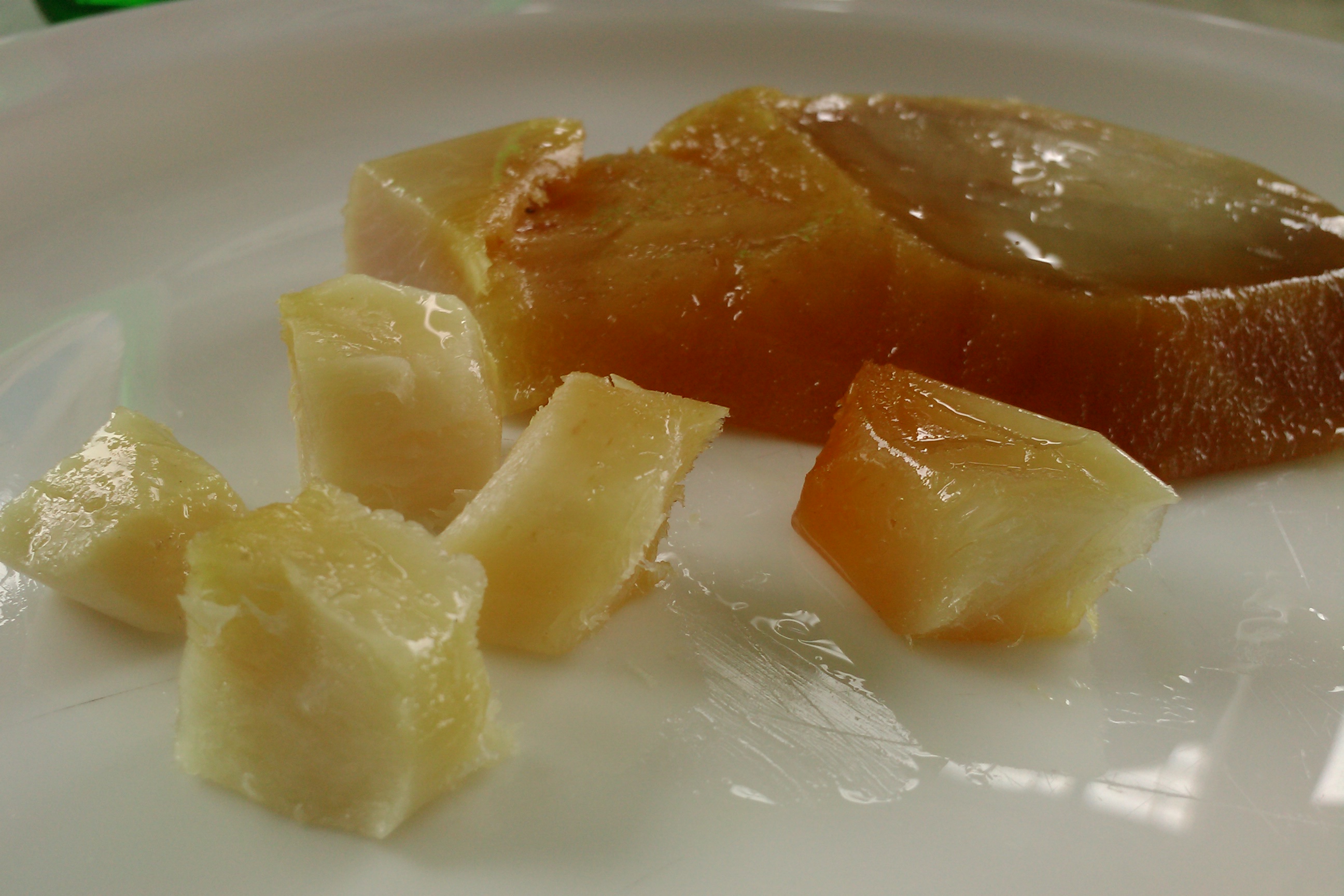
Iceland, with its dramatic landscapes and unique culinary traditions, offers a dining experience that is both intriguing and surprising. The country's cuisine is shaped by its harsh climate and isolation, resulting in dishes that are resourceful and inventive. From "hakarl" (fermented shark) to "skyr" (a creamy dairy product), Icelandic cuisine reflects the island's reliance on preservation techniques and local ingredients. The emphasis on sustainability and simplicity is evident in the use of fresh seafood, lamb, and foraged herbs. As you explore Iceland's culinary offerings, you'll discover a world of flavors that are as bold and captivating as the country's natural beauty.
7. The Culinary Fusion of Singapore's Hawker Centers
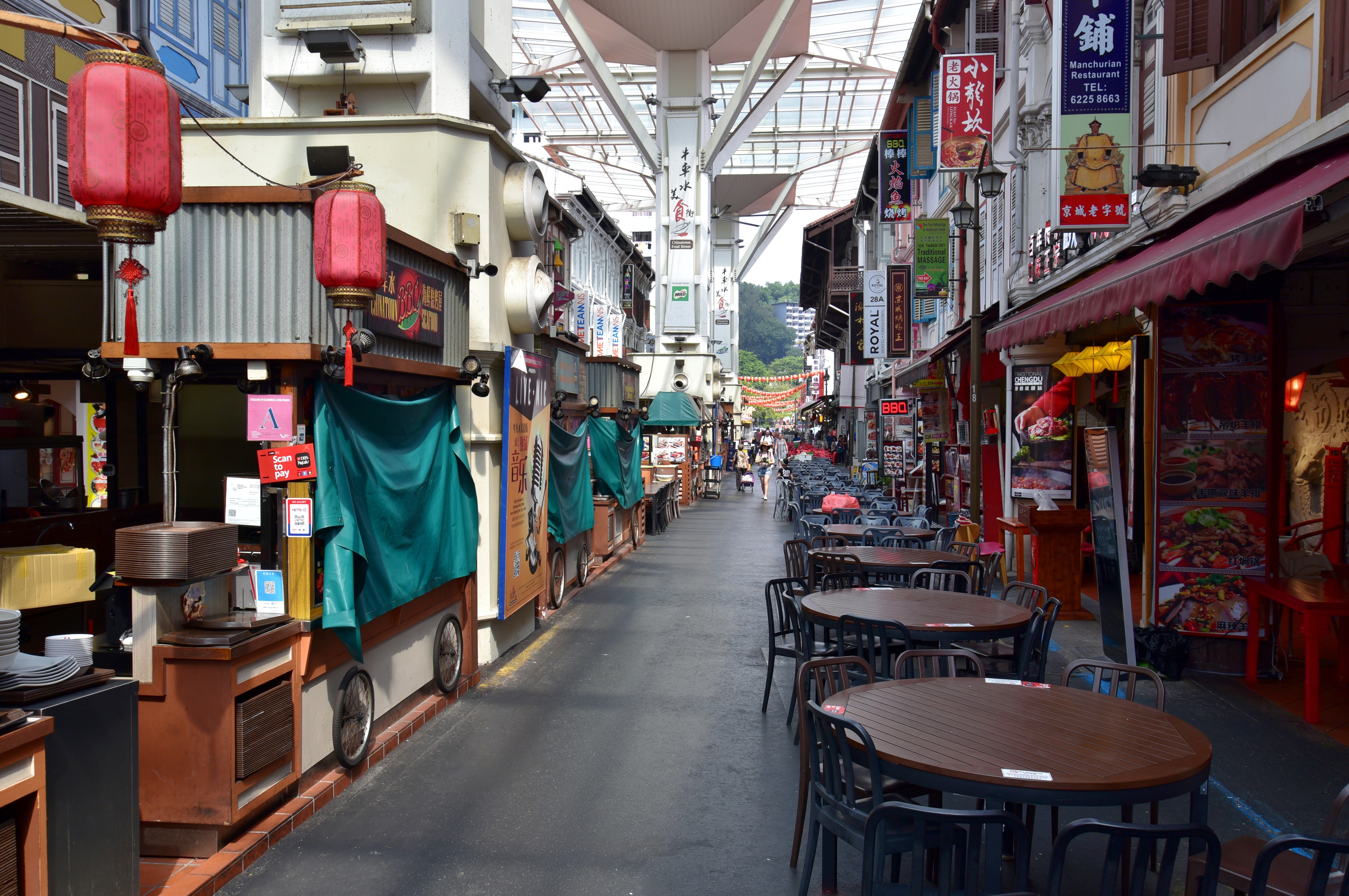
Singapore, a bustling metropolis and melting pot of cultures, is renowned for its vibrant hawker centers. These bustling food courts offer a diverse array of dishes that reflect the city's multicultural heritage, from Chinese dim sum to Indian biryani and Malay satay. The emphasis on quality and affordability makes Singapore's hawker centers a must-visit for any food enthusiast. The fusion of flavors and culinary traditions creates a dining experience that is both dynamic and accessible, inviting visitors to embark on a gastronomic journey through the city's diverse neighborhoods. As you explore Singapore's hawker scene, you'll encounter a world of flavors that are as diverse and exciting as the city itself.
8. The Bold Flavors of Mexican Street Food
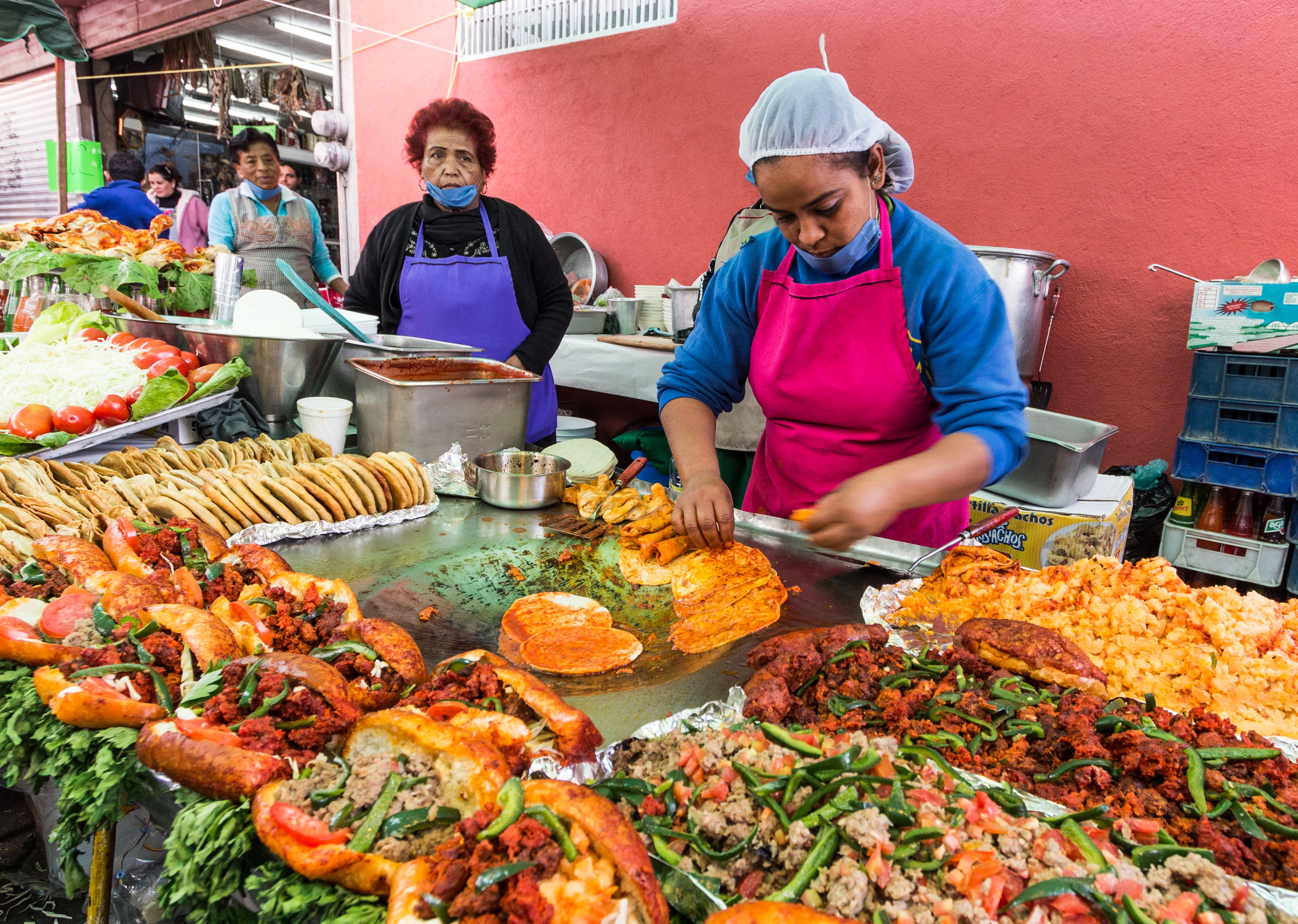
Mexico's vibrant street food culture is a testament to the country's rich culinary heritage and love for bold flavors. From the bustling markets of Mexico City to the coastal towns of the Yucatan Peninsula, street vendors offer a tantalizing array of dishes that are both flavorful and affordable. Tacos, tamales, and elotes are just a few of the iconic offerings that highlight the country's use of fresh ingredients and traditional techniques. The emphasis on bold spices and vibrant flavors creates a dining experience that is both exciting and satisfying, inviting visitors to savor the diverse and dynamic world of Mexican street food.
9. The Culinary Renaissance of Portugal's Alentejo Region

Portugal's Alentejo region, known for its rolling hills and picturesque landscapes, is experiencing a culinary renaissance that is attracting food enthusiasts from around the world. The region's cuisine is characterized by its emphasis on simplicity and quality, with dishes that highlight the use of local ingredients such as olive oil, bread, and pork. The tradition of "petiscos," or small plates, invites diners to savor a variety of flavors in a single meal, creating a dining experience that is both communal and satisfying. As you explore the culinary offerings of Alentejo, you'll discover a world of flavors that are both rustic and refined, reflecting the region's rich cultural heritage and commitment to quality.
10. The Diverse Flavors of South Africa's Cape Malay Cuisine
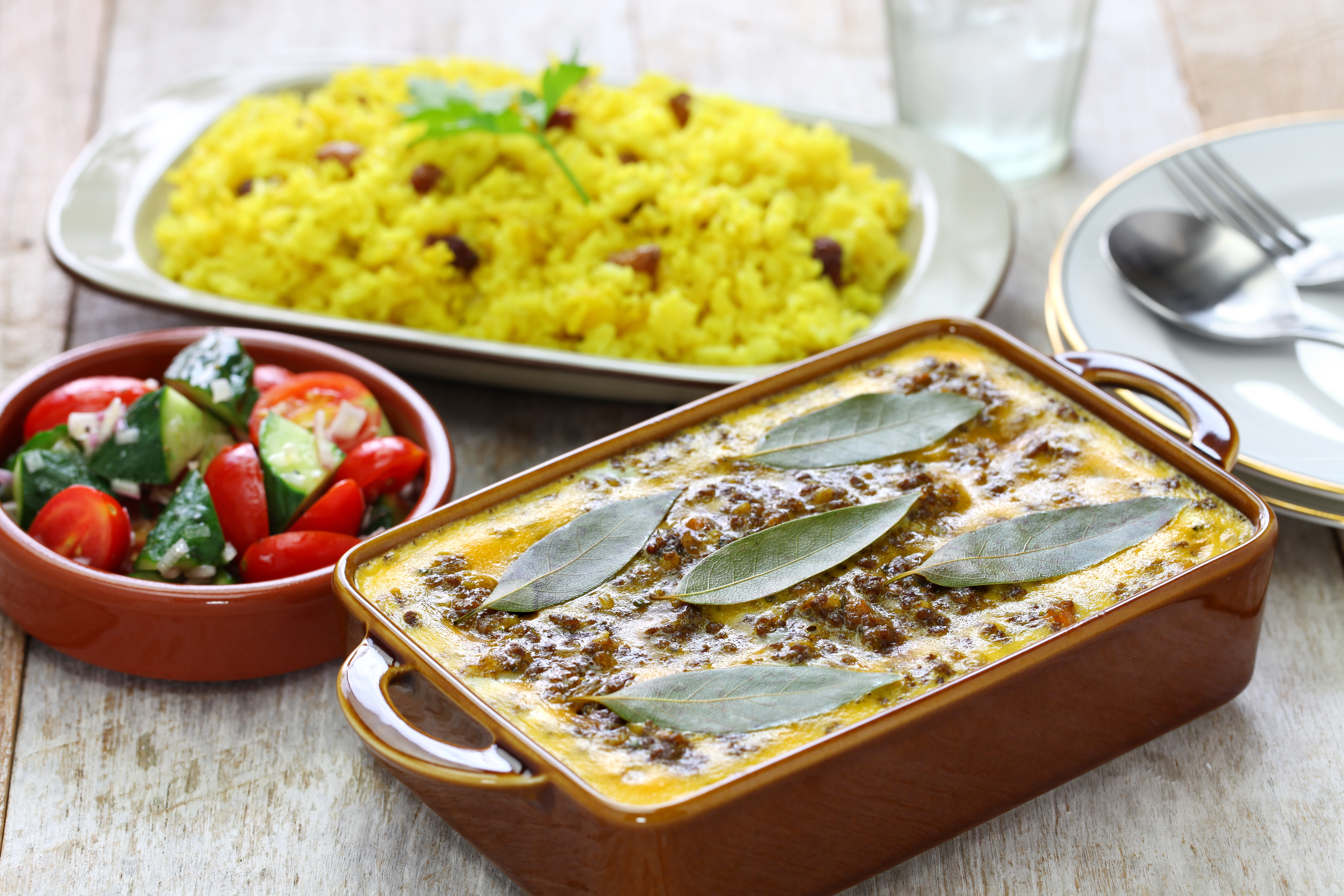
South Africa's Cape Malay cuisine is a testament to the country's multicultural heritage and vibrant culinary traditions. The cuisine is characterized by its use of bold spices and aromatic flavors, resulting in dishes that are both flavorful and satisfying. From "bobotie" (a spiced meat dish) to "sosaties" (marinated skewers), Cape Malay cuisine offers a diverse array of flavors that reflect the region's history of trade and cultural exchange. The emphasis on communal dining and shared experiences creates a dining experience that is both welcoming and exciting, inviting visitors to explore the rich and dynamic world of South African cuisine.
11. The Unique Flavors of New Zealand's Maori Cuisine

New Zealand's Maori cuisine offers a unique culinary experience that is deeply rooted in the country's indigenous heritage. The use of traditional cooking methods such as "hangi," where food is cooked in an earth oven, reflects the Maori's connection to the land and their emphasis on sustainability. The emphasis on fresh, local ingredients such as seafood, kumara (sweet potato), and native herbs creates a dining experience that is both flavorful and nourishing. As you explore Maori cuisine, you'll discover a world of flavors that are both unique and deeply connected to the country's cultural heritage, offering a taste of New Zealand's rich and dynamic culinary landscape.
12. The Vibrant Flavors of Vietnam's Street Food Scene
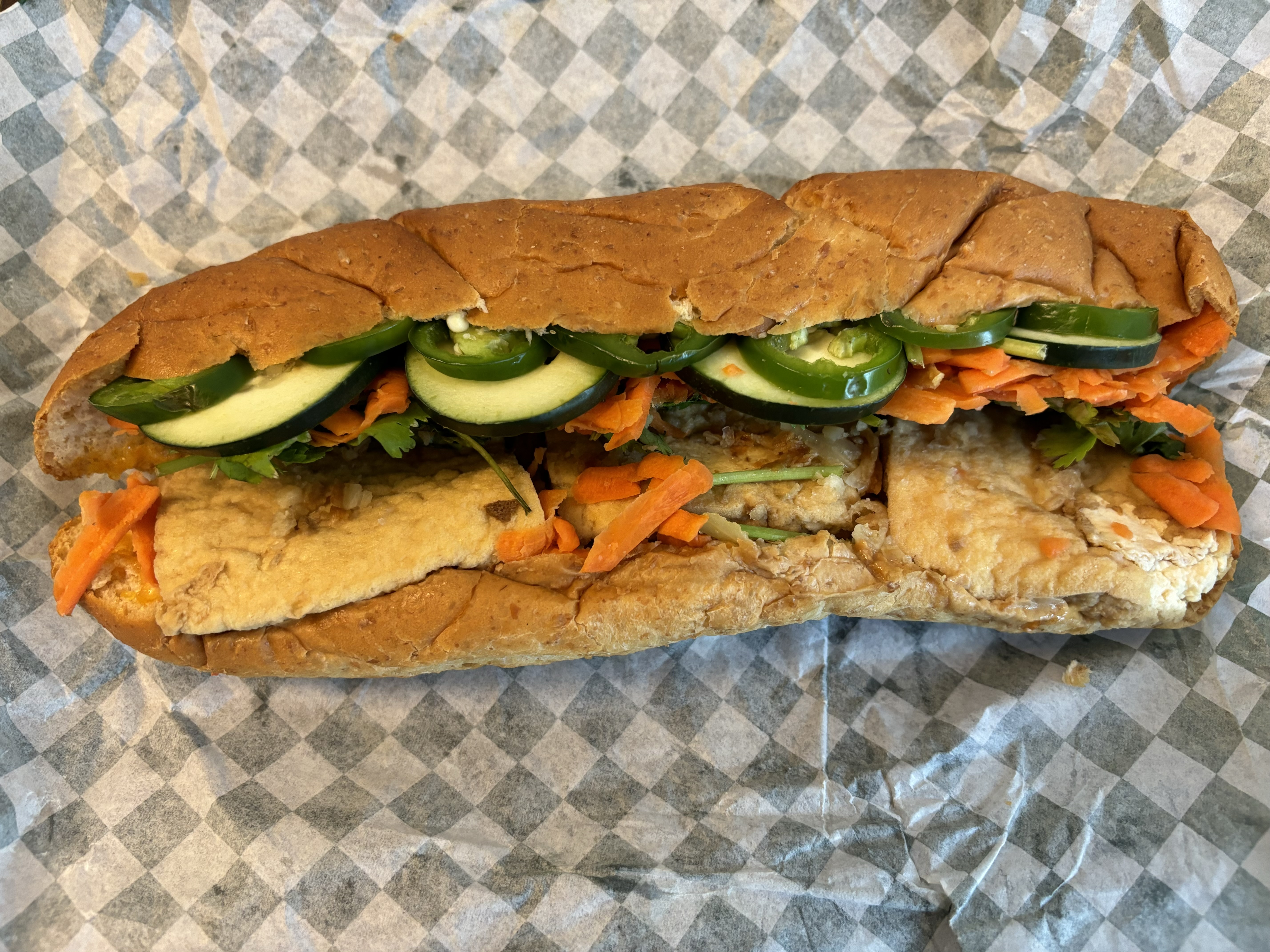
Vietnam's street food scene is a vibrant tapestry of flavors and textures that reflect the country's rich culinary heritage. From the bustling streets of Hanoi to the coastal towns of the Mekong Delta, street vendors offer a tantalizing array of dishes that are both flavorful and affordable. Pho, banh mi, and spring rolls are just a few of the iconic offerings that highlight the country's use of fresh ingredients and traditional techniques. The emphasis on balance and harmony creates a dining experience that is both satisfying and exciting, inviting visitors to explore the diverse and dynamic world of Vietnamese street food.
13. The Culinary Treasures of Turkey's Anatolian Region

Turkey's Anatolian region offers a culinary experience that is both rich and varied, reflecting the country's diverse cultural heritage and vibrant culinary traditions. The region's cuisine is characterized by its use of fresh herbs, spices, and local ingredients, resulting in dishes that are both flavorful and satisfying. From "manti" (Turkish dumplings) to "menemen" (a traditional Turkish breakfast dish), Anatolian cuisine offers a diverse array of flavors that reflect the region's history of trade and cultural exchange. The emphasis on hospitality and communal dining creates a dining experience that is both welcoming and exciting, inviting visitors to explore the rich and dynamic world of Turkish cuisine.
A Culinary Journey to Remember

As our global culinary adventure draws to a close, we are reminded of the power of food to connect us to different cultures and traditions. Each of the 13 unexpected food destinations explored in this journey offers a unique perspective on the world of cuisine, inviting us to savor the diverse flavors and stories that define these regions. From the bold spices of Zanzibar to the delicate artistry of Japanese cuisine, this adventure has been a celebration of the creativity and diversity that make the culinary world so captivating. As we reflect on this journey, we are reminded of the endless possibilities that await those who are willing to explore the world through food, offering a taste of the rich and dynamic tapestry of global cuisine.








